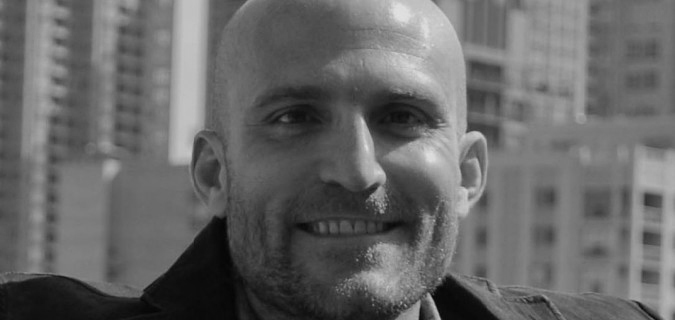- Technology
- SEE MORE
- classical
- general
- talk
- News
- Family
- Bürgerfunk
- pop
- Islam
- soul
- jazz
- Comedy
- humor
- wissenschaft
- opera
- baroque
- gesellschaft
- theater
- Local
- alternative
- electro
- rock
- rap
- lifestyle
- Music
- como
- RNE
- ballads
- greek
- Buddhism
- deportes
- christian
- piano
- djs
- Dance
- dutch
- flamenco
- social
- hope
- christian rock
- academia
- afrique
- Business
- musique
- ελληνική-μουσική
- religion
- World radio
- Zarzuela
- travel
- World
- NFL
- media
- Art
- public
- Sports
- Gospel
- st.
- baptist
- Leisure
- Kids & Family
- musical
- club
- Culture
- Health & Fitness
- True Crime
- Fiction
- children
- Society & Culture
- TV & Film
- gold
- kunst
- música
- gay
- Natural
- a
- francais
- bach
- economics
- kultur
- evangelical
- tech
- Opinion
- Government
- gaming
- College
- technik
- History
- Jesus
- Health
- movies
- radio
- services
- Church
- podcast
- Education
- international
- Transportation
- Other
- kids
- podcasts
- philadelphia
- Noticias
- love
- sport
- Salud
- film
- and
- 4chan
- Disco
- Stories
- fashion
- Arts
- interviews
- hardstyle
- entertainment
- humour
- medieval
- literature
- alma
- Cultura
- video
- TV
- Science
- en
Off to Digital Market We Go, with InContext Solutions Tracey Wiedmeyer

The power of XR will never be able to destroy the good ol\u2018 desire to go out and shop, but that doesn\u2019t mean that XR couldn\u2019t be used to improve the shopping experience. Tracey Wiedmeyer and Alan discuss a few ideas, from browsing the catch of the day in a VR tropical wonderland, to using VR and AR to test out retail layouts before you build them.\n\n\n\n\n\n\n\nAlan: Today\u2019s guest is Tracey\nWiedmeyer. Tracey is the chief technology officer and co-founder of\nInContext Solutions. They\u2019re delivering a mixed reality platform that\nis the world\u2019s largest brands and retailers are using to streamline\ntheir merchandising process and go to market strategy much faster.\nTracey is also the former president of the VR/AR Association chapter\nin Chicago, Milwaukee and a board member for the Information Research\nTechnology Institute at Sam Walton College of Business. Tracey is\nalso a member of the Forbes Technology Council. You can learn more\nabout InContext Solutions at www.incontextsolutions.com. With that,\nI\u2019d love to welcome to the show: Tracey Wiedmeyer.\n\n\n\nTracey: Hey Alan, glad to be\nhere.\n\n\n\nAlan: My pleasure. I\u2019m so\nexcited. This is a show I\u2019ve been really waiting to do because you\nguys have been using virtual and augmented reality, mixed reality to\nhelp retailers preplan their stores, because right now a retailer, if\nthey want to design a new store, they literally have to build a\nphysical store, put all the shelves and build a mock store. And\nyou\u2019re doing this through virtual/augmented reality, and the metrics\nthat you\u2019re able to collect, keep maps, and where people are looking\nand the amount of data that you\u2019re able to collect from users in a\ndigital world versus a physical world is actually really quite\namazing. So maybe you can just talk about InContext Solutions and\nwhat you\u2019re doing for retailers.\n\n\n\nTracey: Sure, yeah. There was a\nlot to bite off there. I\u2019ll break it down little by little as we go\nhere. So I think you mentioned creating brand new physical stores.\nThere\u2019s actually more retail stores today, more brick-and-mortar\nstores than there were back in 2000 when the retail apocalypse\nversion 1 hit the street. You know, it was the end of\nbrick-and-mortar, everyone has gone digital. So I think there\u2019s a lot\nof stores being added today and most stores \u2013 but whether you\u2019re a\ncentre store grocery retailer or fashion or apartment store \u2013 those\nstores go through a regular reset on a period of time, whether that\u2019s\nevery couple of years or longer than that. I think the nuance there\nis actually at the brand level, you know, especially if we focus on\ncentre store grocery for a little bit here. The brands are actually\nworking with their retail partners multiple times a year to reset the\ncategories that you shop. So cereal, frozen foods, healthcare, baby\nfoods, all that sort of stuff are constantly going through some sort\nof revision period, whether it\u2019s\u2026 the old way\u2019s every six months,\nbecause that\u2019s how long it takes them, and I\u2019ll get into that in a\nlittle bit. But they\u2019re trying to get you to buy or notice one or two\nmore products on that journey to the shelf. We\u2019re using virtual\ntechnology now to basically facilitate that process; everything from\na brand new store, to which products go on the shelf, and how many of\nthem are stacked right to left and front to back. There\u2019s a lot of\nlow hanging fruit in that process, and maybe I don\u2019t know how much,\nAlan, you know about what that process looks like today, or in the\npast. What I\u2019m going to do is tell you a little bit about where we\u2019ve\ncome from. \n\n\n\n\nA lot of brands